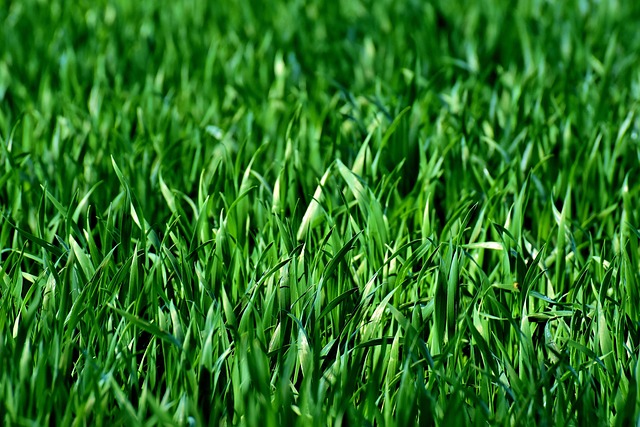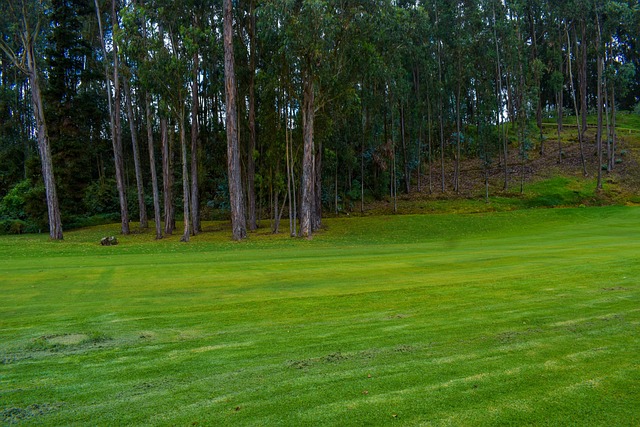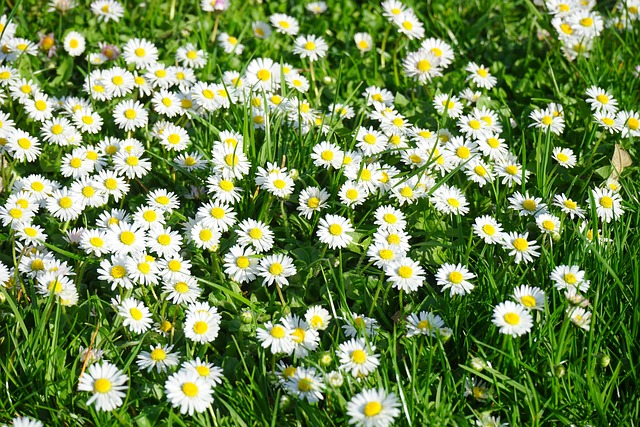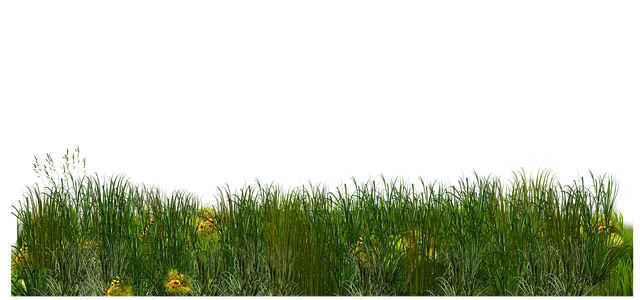Brown spots on lawns in Aurora are often caused by drought stress, compacted soil, nutrient deficiencies, and pest infestations. Sustainable recovery strategies include aeration, organic matter topping, deep watering, and natural pest control methods to address these common causes naturally. Core aeration, topdressing, and proper fertilization are key interventions for a healthy, vibrant lawn.
In the vibrant landscape of Aurora, maintaining a lush lawn can be challenging due to common causes of brown spots. This article delves into the heart of this issue, offering insights on identifying brown spots and understanding their underlying causes. We explore natural recovery strategies to nurture your grass back to health. Furthermore, discover effective turf restoration treatments and valuable tips tailored for an Aurora lawn, ensuring a lush, vibrant green oasis.
- Identifying Brown Spots: Common Aurora Lawn Issues
- Natural Recovery Strategies for Healthy Grass
- Effective Turf Restoration Treatments and Tips
Identifying Brown Spots: Common Aurora Lawn Issues

Brown spots on your lawn are more than just an eyesore; they’re often indicators of underlying issues that require attention. In Aurora, where varying weather conditions can stress turfgrass, identifying the common causes of these brown patches is essential for effective recovery. The most frequent culprits include lack of water, particularly during hot and dry summers, leading to drought stress. Compacted soil from heavy foot traffic or poor drainage can also stifle grass growth, causing it to turn brown and die off. Additionally, pest infestations like chinch bugs, which feed on grass roots, often leave distinct patterns of dead, browning grass in their wake. Lastly, nutrient deficiencies, such as nitrogen, iron, or magnesium, can result in chlorosis, a condition characterized by yellowing and eventual browning of turfgrass leaves.
Natural Recovery Strategies for Healthy Grass

Brown spots on lawns in Aurora can be a common sight, often caused by various factors such as drought stress, compacted soil, or pest infestations. Before resorting to chemical treatments, it’s worth exploring natural recovery strategies that promote healthy grass growth. One effective approach is aeration, which involves punching small holes in the soil to improve air circulation and water penetration, thereby fostering a healthier root system. Additionally, topping the lawn with organic matter like compost or straw can enhance soil fertility and moisture retention.
Regular watering, specifically deep and less frequent irrigations, helps encourage deeper root growth. Avoiding excessive foot traffic on damp grass also minimizes damage to delicate stems and leaves. Furthermore, natural pest control methods, such as introducing beneficial insects or using organic pesticides, can eliminate harmful invaders without the use of harsh chemicals. By implementing these sustainable practices, Aurora residents can naturally recover their lawn’s health and vibrancy.
Effective Turf Restoration Treatments and Tips

Brown spots on your lawn could be a result of various factors, such as poor drainage, lack of sunlight, or pest infestations—common causes in Aurora’s climate. To restore your lawn’s health, consider implementing targeted treatments. One effective method is core aeration, which involves removing small cores of soil to improve air and water penetration. This process helps alleviate compacted soil, fostering a healthier environment for grass growth.
Additionally, applying topdressing—a layer of fine soil or compost—can enrich the lawn’s soil structure. Fertilization plays a crucial role too; choosing the right fertilizer for your turf type and applying it during the optimal growing seasons can significantly enhance color and overall health. Addressing brown spots early and providing adequate care will ensure your lawn recovers and remains vibrant.
In addressing the common causes of brown spots on lawns in Aurora, understanding both natural recovery strategies and effective turf restoration treatments is key. By implementing these practices, homeowners can revitalize their grass and restore the lush green landscape they desire. Through a combination of identifying problem areas, utilizing organic remedies, and considering professional treatments, it’s possible to achieve healthy, vibrant turf once again.
